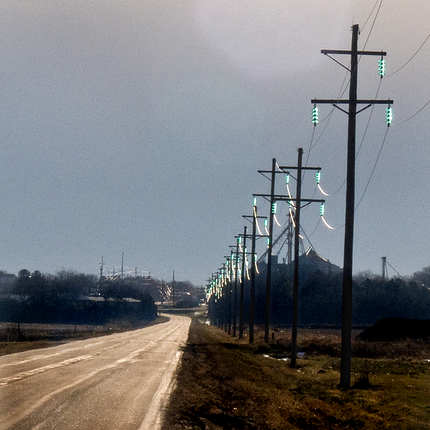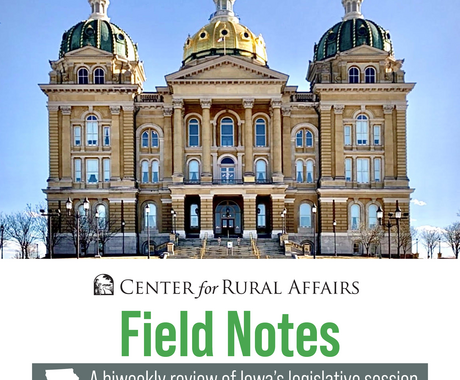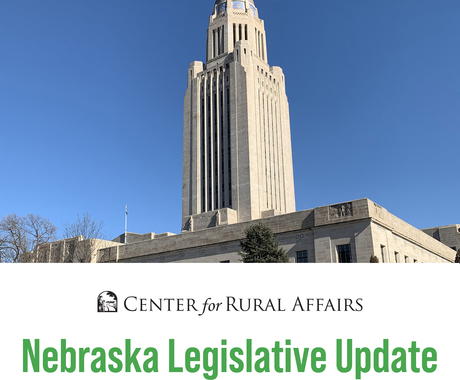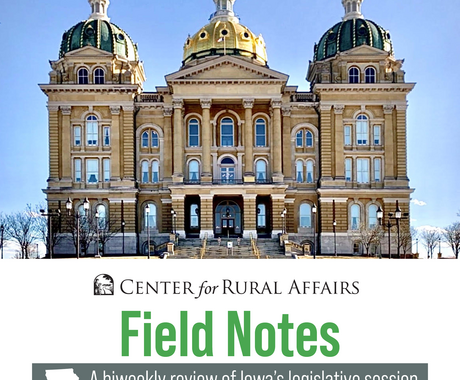By Stephanie Enloe, former staff member
Transmission systems across the country are being upgraded to improve grid security, efficiency, and access to local energy sources such as wind. We’ve found that public input is the key to maximizing benefits and reducing unwanted impacts from transmission lines.
To understand how local organizations and communities can help transmission developers be responsible environmental stewards, I spoke with Dan Hagan and Angela Jordan from ITC, an electric transmission utility. We talked about their siting and environmental management processes.
I learned it’s important for transmission developers to do their due diligence first to avoid sensitive areas and species. For example, when evaluating possible routes, ITC uses information available in the public domain to identify important wildlife areas and ecosystems.
They then speak with local experts such as county conservation staff to gain additional local insight. They use this information – as well as data on existing infrastructure, community assets, and cultural landmarks – to narrow down potential route options.
Once developers have identified a couple of promising route options, they can begin to hold public meetings. Under Iowa regulations, a transmission developer cannot meet with individual landowners along a proposed route until they have hosted public meetings. This may vary in your location.
Dan stressed that ITC welcomed stakeholder input during the regulatory process. But he said they are also careful to comply with all regulatory requirements related to stakeholder communications.
One of the best ways to provide input on a transmission line is to attend public meetings hosted by the developer. Ask questions and help identify sensitive areas or possible siting options.
The developer may not know about a private conservation easement that should be avoided. Or maybe they are unaware of an existing infrastructure that could be used as a transmission corridor.
When it comes time to start building a line, Dan and Angela discussed practices they use to improve their environmental footprint. They include:
- Putting employees through environmental training.
- Adjusting construction timelines to avoid migration and breeding seasons.
- Selecting pole types to reduce impact on surrounding areas.
- Working with local agencies to restore prairie or other habitat within easements on public land.
One of our goals is to encourage developers to use best practices and to work with local communities. If you have ideas for improving the process or have experience working with a developer, please let us know!





